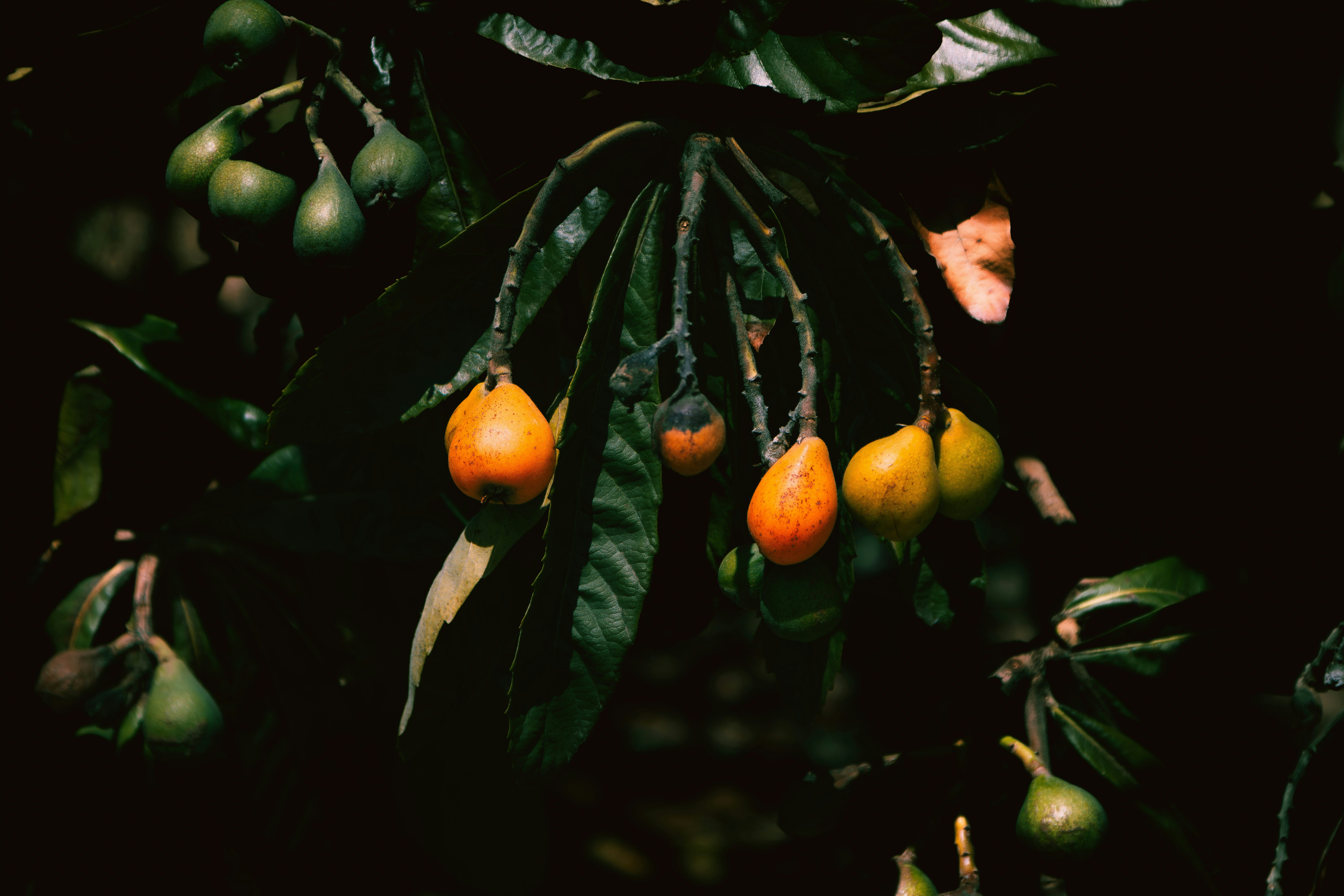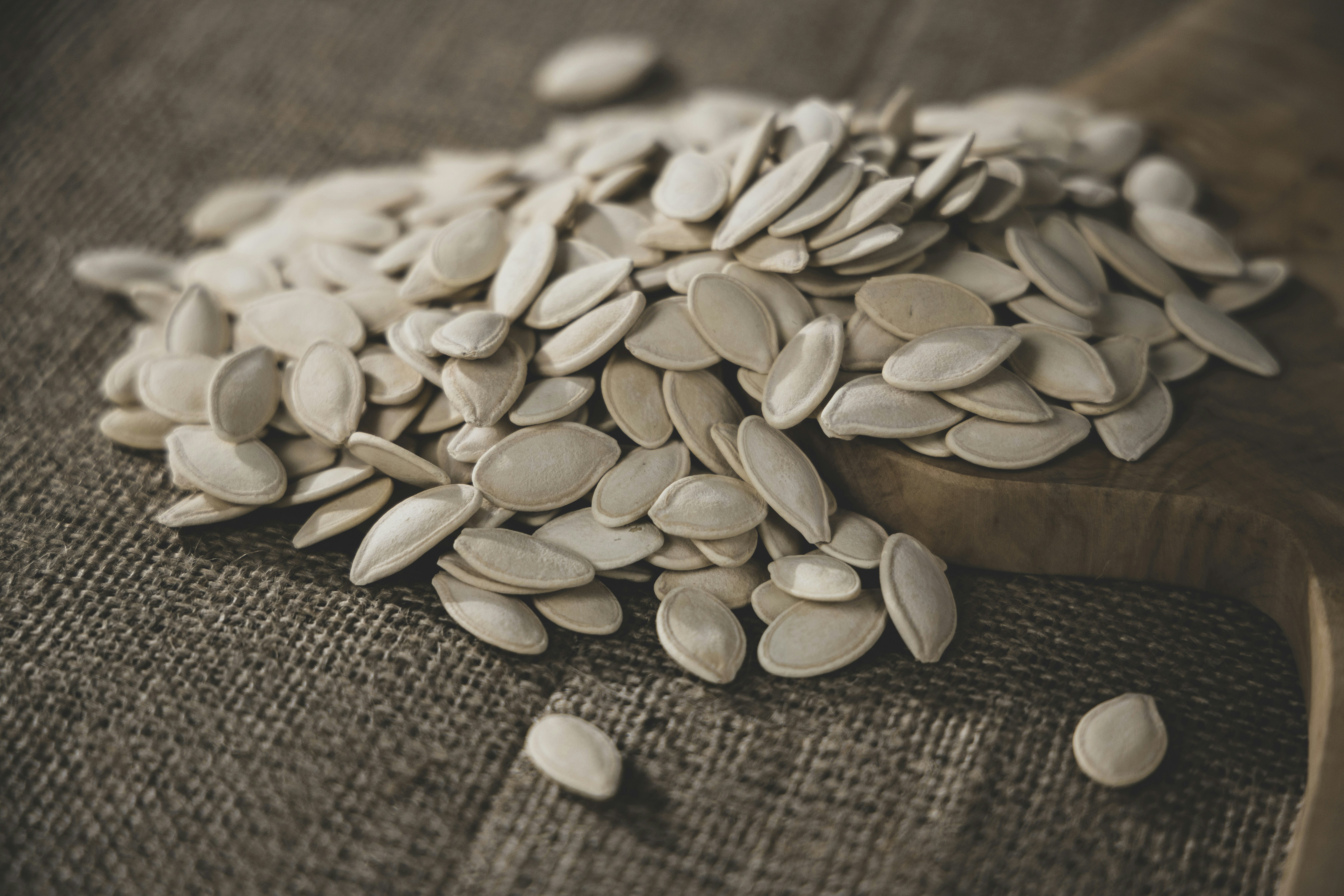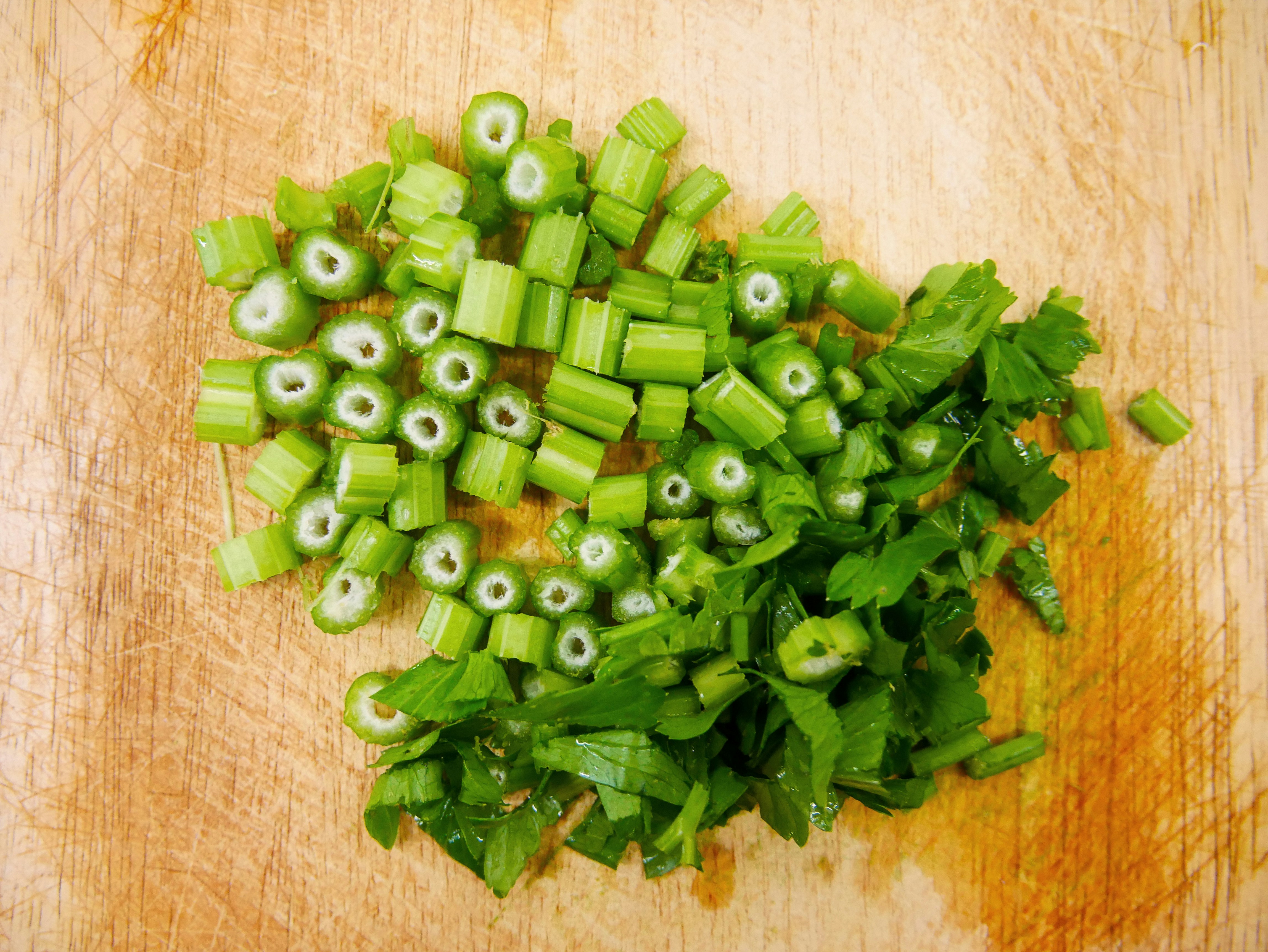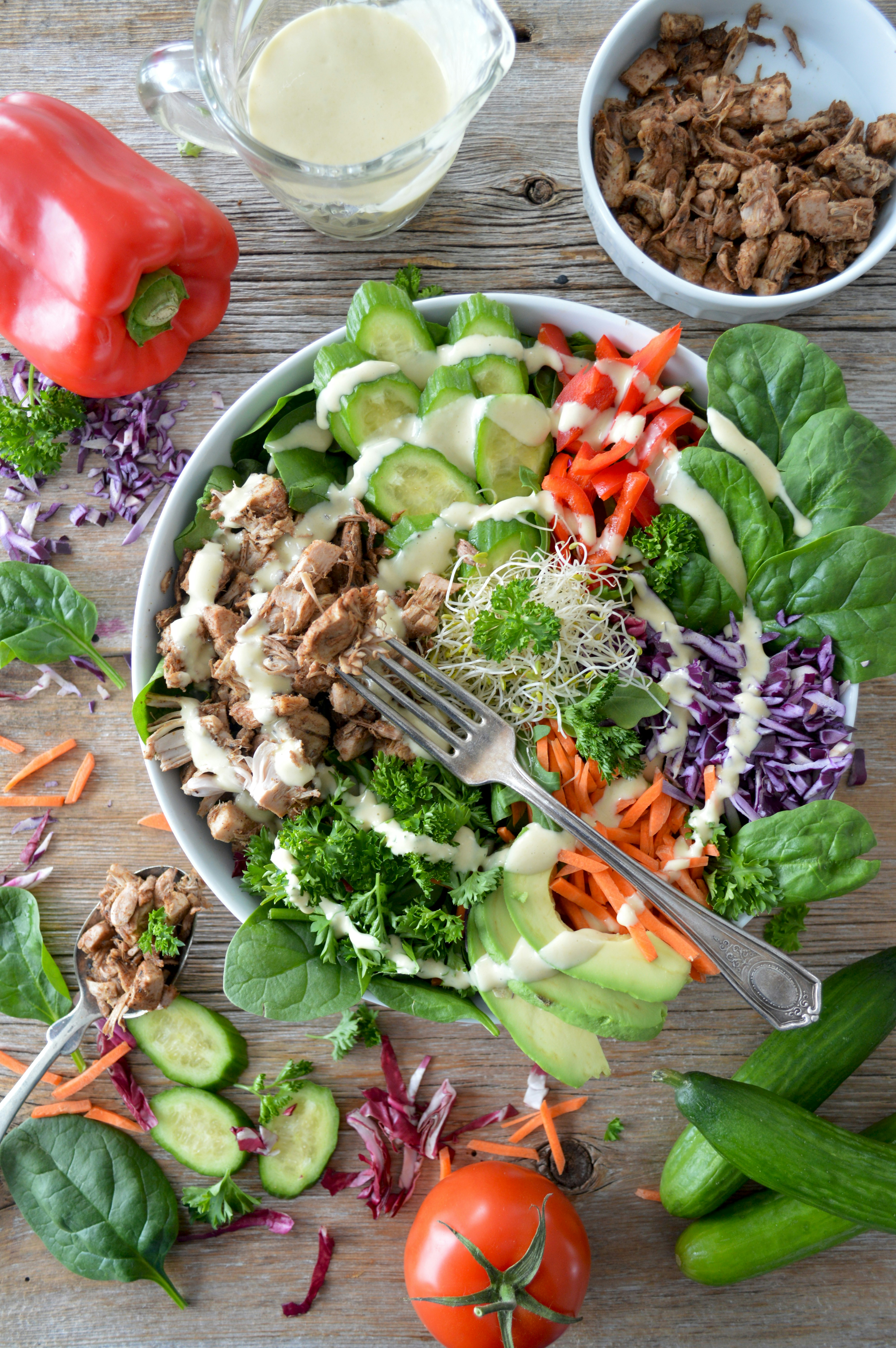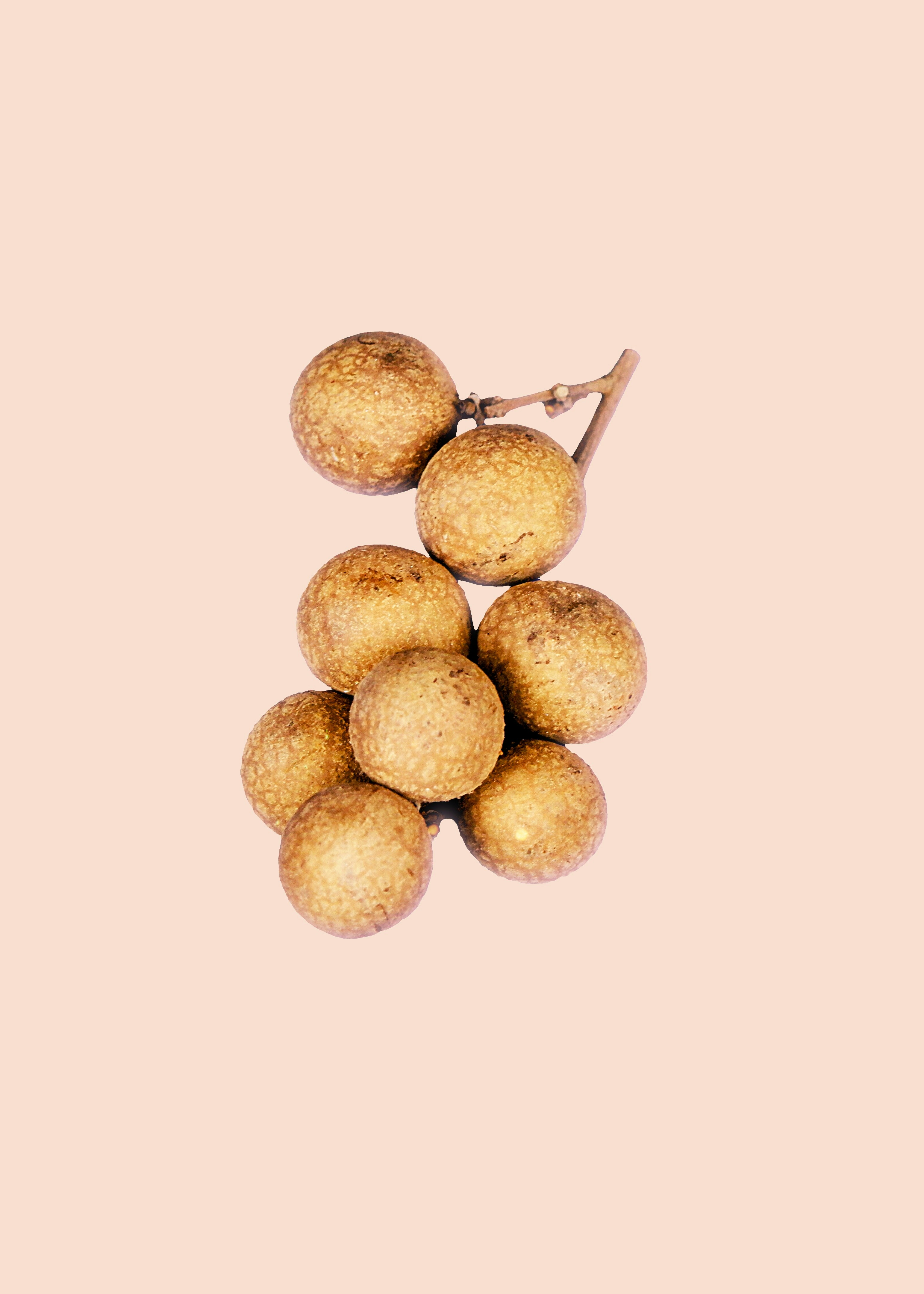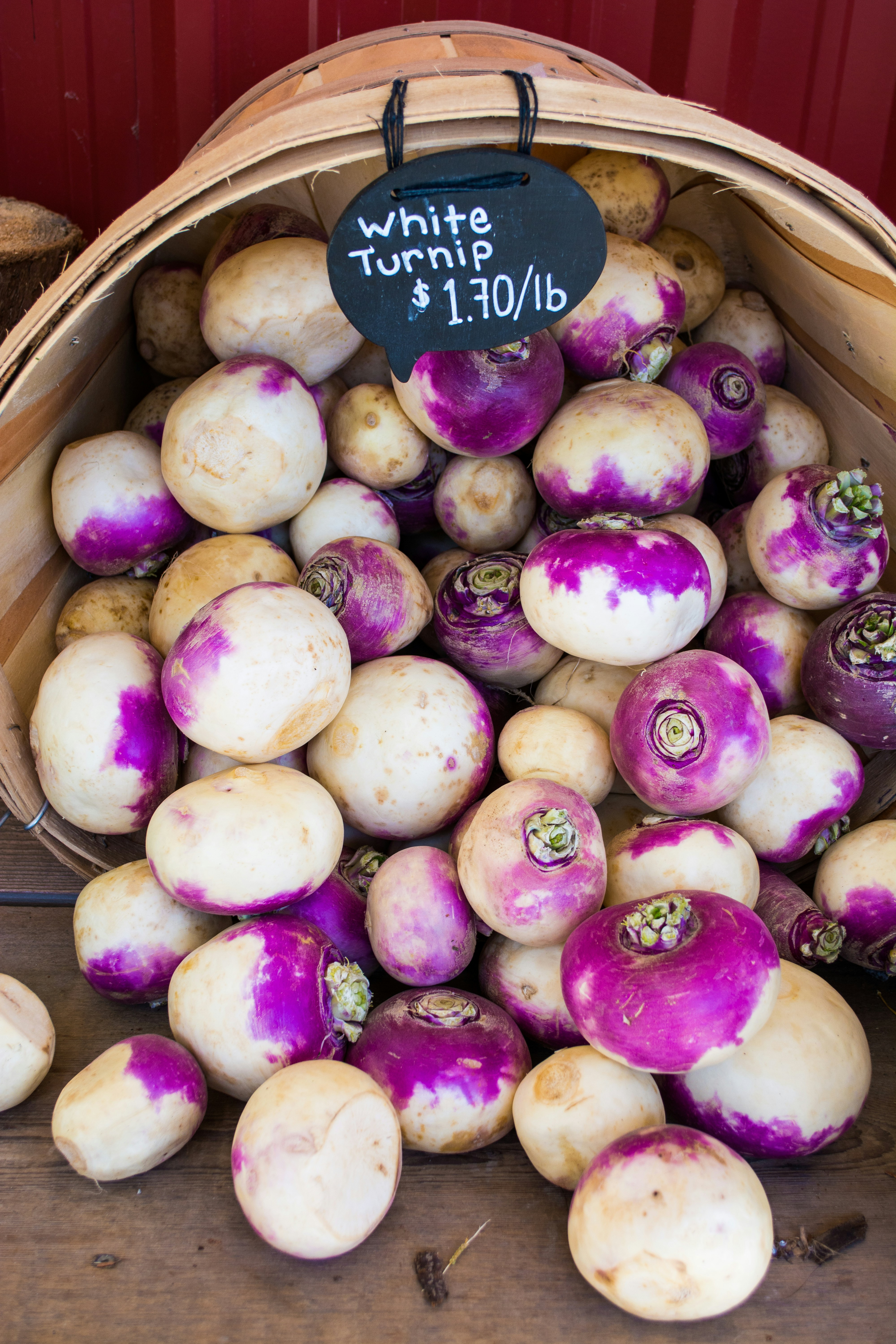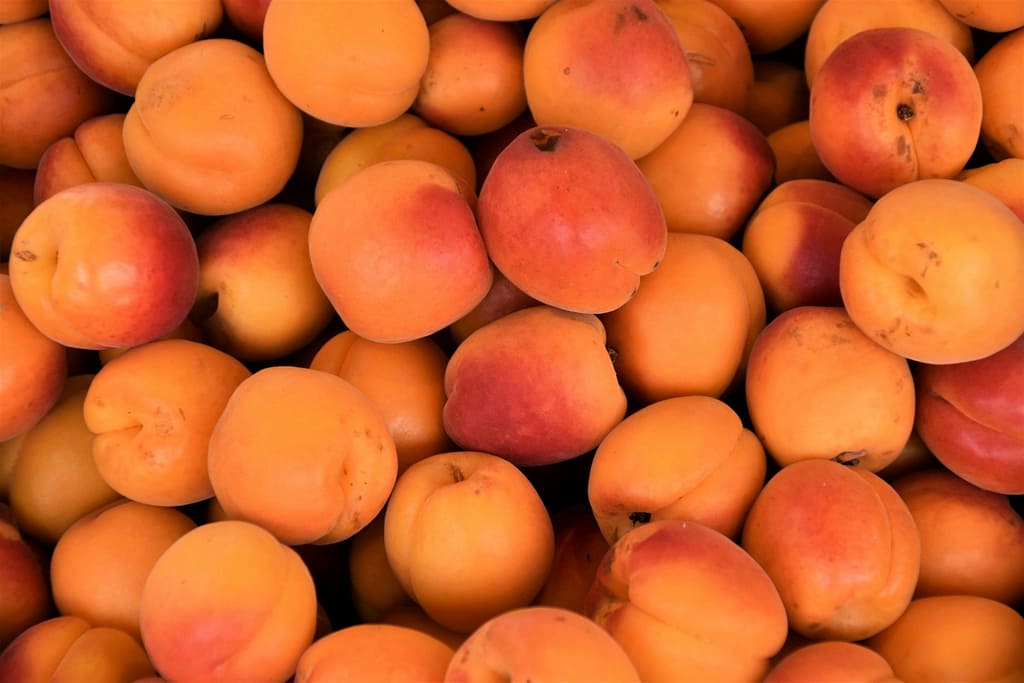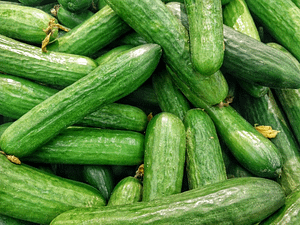
When it comes to unique and versatile fruits, Jicama, scientifically known as Pachyrhizus erosus, takes the spotlight. Commonly found in Mexico and Central America, Jicama is a root vegetable that belongs to the Fabaceae family, also known as the legume, pea, or bean family.
Jicama, also referred to as the “Mexican yam bean,” offers a range of culinary possibilities. Its crunchy texture and mild, slightly sweet flavor make it a popular choice for salads, salsas, and even as a refreshing snack.
Exploring the World of Jicama
Native to Mexico and Central America, Jicama has a long history of culinary use in these regions. The root of the Jicama plant is the part that is consumed and is known for its low calorie content, making it a great choice for those looking for a healthy and satisfying snack option.
One of the standout features of Jicama is its high vitamin C content. This essential nutrient is known for its immune-boosting properties and plays a crucial role in collagen production, which helps maintain healthy skin and connective tissues.
In addition to vitamin C, Jicama also contains other essential vitamins such as choline and folate (B9). These vitamins are important for brain function, cell division, and overall well-being.
Preparing and Enjoying Jicama
Jicama is most commonly consumed raw, as its crisp texture and refreshing taste are best enjoyed in its natural state. To prepare Jicama for consumption, start by peeling off the tough outer skin using a knife or vegetable peeler. Once peeled, the Jicama can be sliced, diced, or grated, depending on your preference.
One of the most popular ways to enjoy Jicama is in a salad. Its mild flavor pairs well with a variety of ingredients, such as citrus fruits, leafy greens, and a tangy dressing. The crunchy texture of Jicama adds a delightful contrast to the other salad components.
Jicama can also be used as a flavorful addition to salsas and other dips. Its crispness and subtle sweetness provide a unique twist to traditional recipes. Simply dice the Jicama into small pieces and mix it with your favorite ingredients to create a delicious and refreshing dip.
If you’re looking to change things up a bit, Jicama can also be cooked. Steaming or stir-frying Jicama can soften its texture and bring out a slightly sweeter flavor. This opens up a whole new world of possibilities for incorporating Jicama into warm dishes and stir-fries.
Conclusion
Jicama, or Pachyrhizus erosus, is a versatile and nutritious root vegetable that offers a range of culinary possibilities. Its low calorie content, high vitamin C content, and other essential vitamins make it a healthy and satisfying choice for those looking to incorporate more nutritious foods into their diet.
Whether enjoyed raw in salads and salsas or cooked in stir-fries, Jicama brings a unique flavor and texture to any dish. So why not give this underrated root vegetable a try and discover the wonders of Jicama for yourself?
